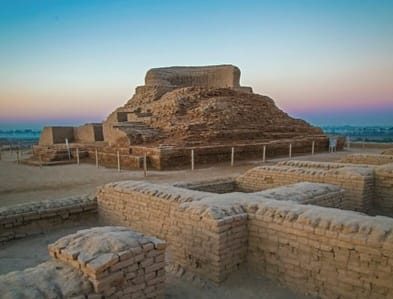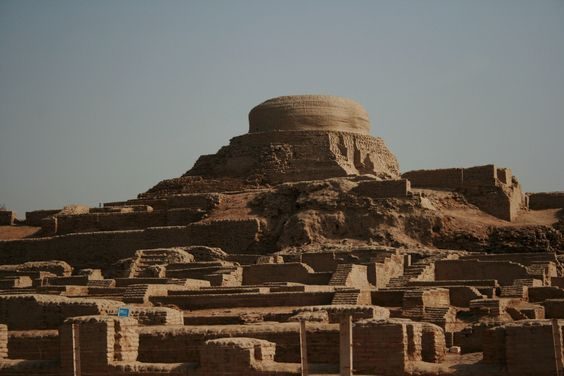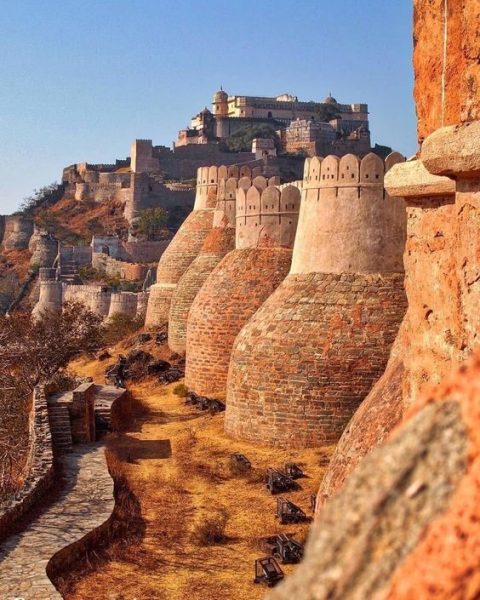
Nestled in the Sindh province of Pakistan lies the enigmatic ruins of Mohenjo-Daro, a testament to the ingenuity and sophistication of one of the world’s earliest civilizations, the Indus Valley Civilization. In this SEO-optimized article, we embark on a journey through time to unravel the mysteries and significance of this ancient city, built around 2500 BCE and once thriving with a population of at least 40,000 people.
Unraveling the History:
Mohenjo-Daro, meaning “Mound of the Dead,” was a thriving metropolis of the ancient Indus Valley Civilization, flourishing along the banks of the mighty Indus River. Built around 2500 BCE, it stood as one of the world’s earliest major cities, boasting advanced urban planning, sophisticated drainage systems, and monumental architecture. The city’s rise to prominence was fueled by its strategic location along trade routes, facilitating commerce and cultural exchange with distant regions.
Archaeological Marvels:
The ruins of Mohenjo-Daro offer a glimpse into the remarkable urban planning and architectural achievements of the ancient Indus Valley Civilization.

The city was meticulously laid out in a grid pattern, with well-defined streets, brick-lined drainage systems, and multi-story houses constructed from kiln-fired bricks. The Great Bath, a large public bathing complex, stands as a testament to the city’s advanced engineering and communal living practices.
Cultural and Economic Hub:
Mohenjo-Daro was not only a center of commerce and trade but also a hub of cultural and religious activity. The city boasted a diverse population engaged in various crafts, including pottery, metallurgy, and textile production. Archaeological excavations have unearthed artifacts ranging from intricate jewelry to finely crafted seals inscribed with the city’s enigmatic script, offering tantalizing clues about the civilization’s language and social structure.
Decline and Legacy:
Despite its prosperity, Mohenjo-Daro eventually faced a mysterious decline around 1700 BCE, possibly due to environmental factors such as changing river patterns or economic challenges. The city was gradually abandoned and lay buried beneath layers of sediment for centuries, until its rediscovery in the 1920s by archaeologists. Today, the ruins of Mohenjo-Daro stand as a UNESCO World Heritage Site, preserving the legacy of this ancient civilization and offering insights into the origins of urban life.
Modern-Day Exploration:

Visitors to Mohenjo-Daro can explore the evocative ruins of this ancient city, wandering through its labyrinthine streets, marveling at its monumental structures, and contemplating the lives of its inhabitants millennia ago. Guided tours and onsite museums provide valuable context and interpretation, enriching the visitor experience and deepening appreciation for the rich cultural heritage of the region.
Conclusion:
The ruins of Mohenjo-Daro stand as a testament to the resilience and creativity of the ancient Indus Valley Civilization, offering a window into the dawn of urban civilization. Whether you’re a history enthusiast, an archaeology buff, or simply a curious traveler, a visit to Mohenjo-Daro promises a fascinating journey through time and a deeper understanding of humanity’s shared heritage. Come, uncover the mysteries of this ancient city and witness the enduring legacy of one of the world’s earliest major civilizations.





